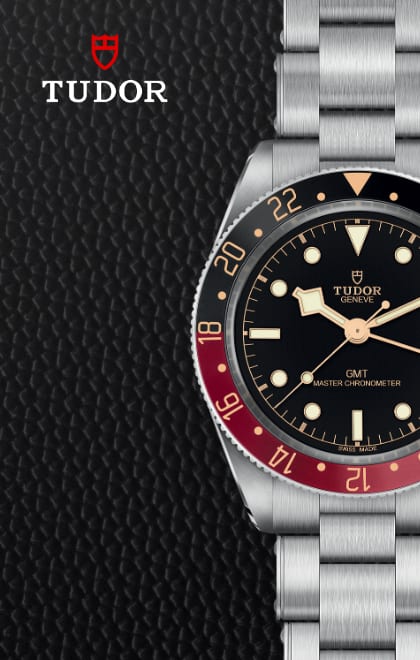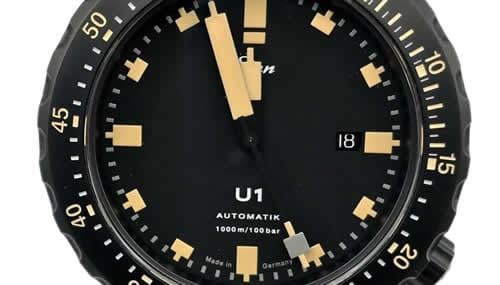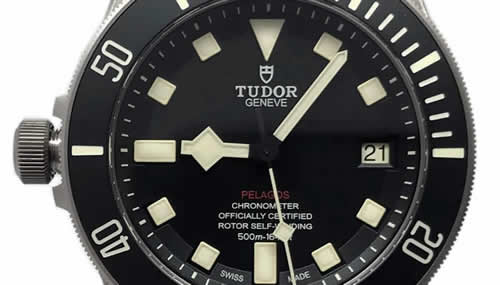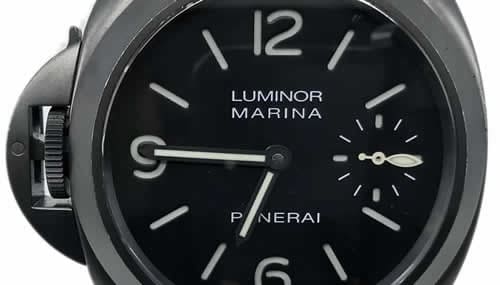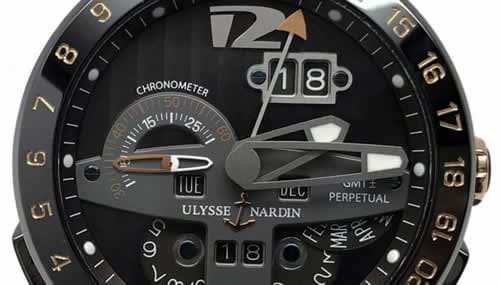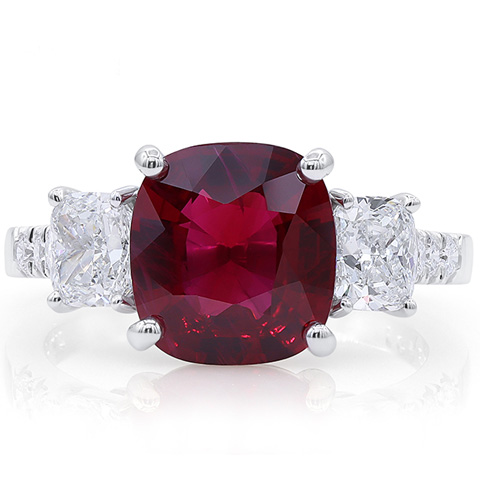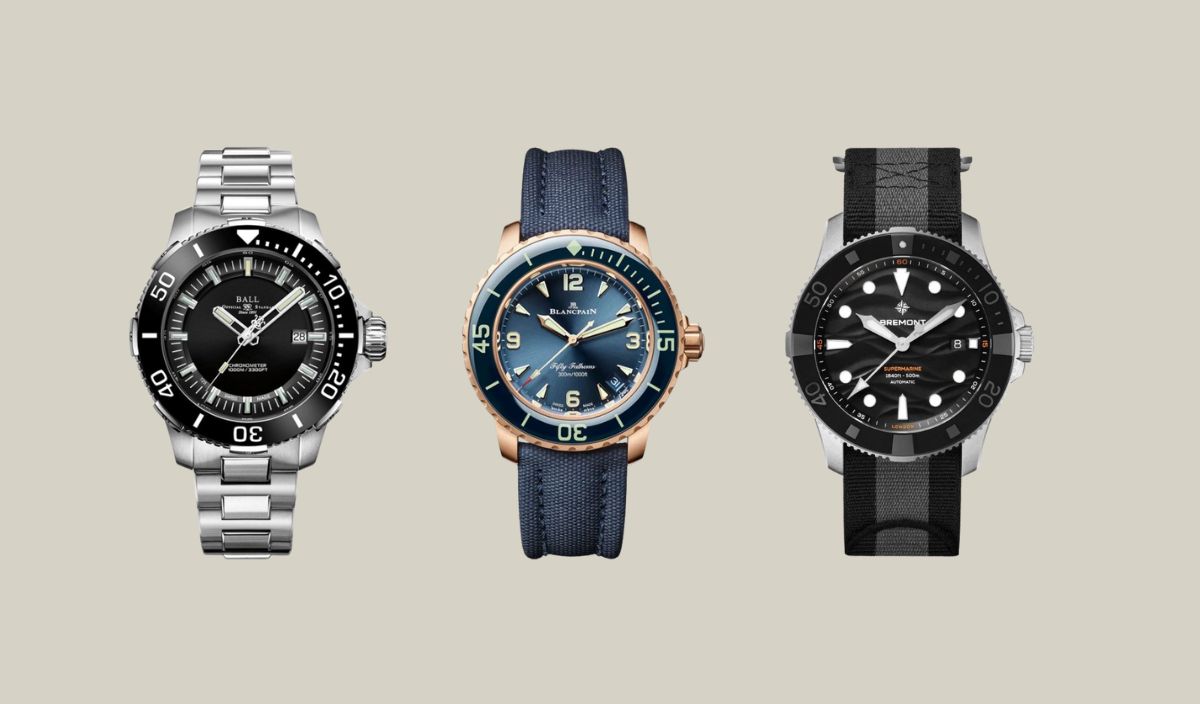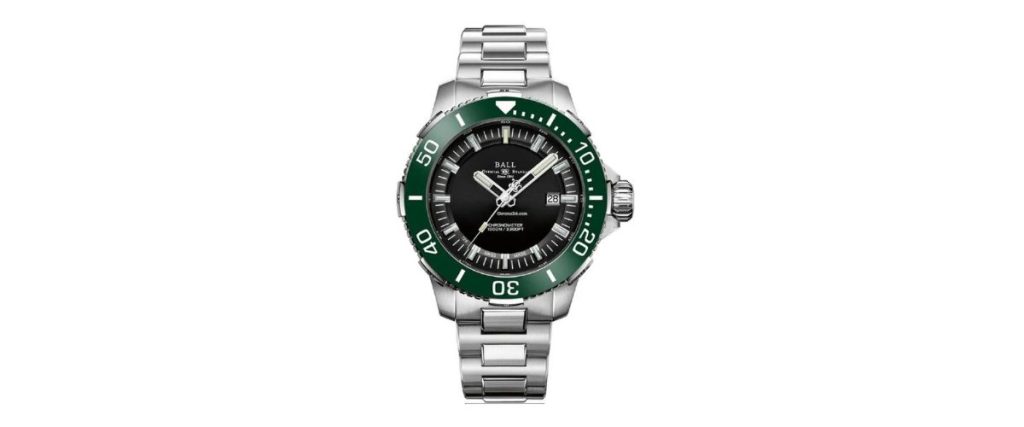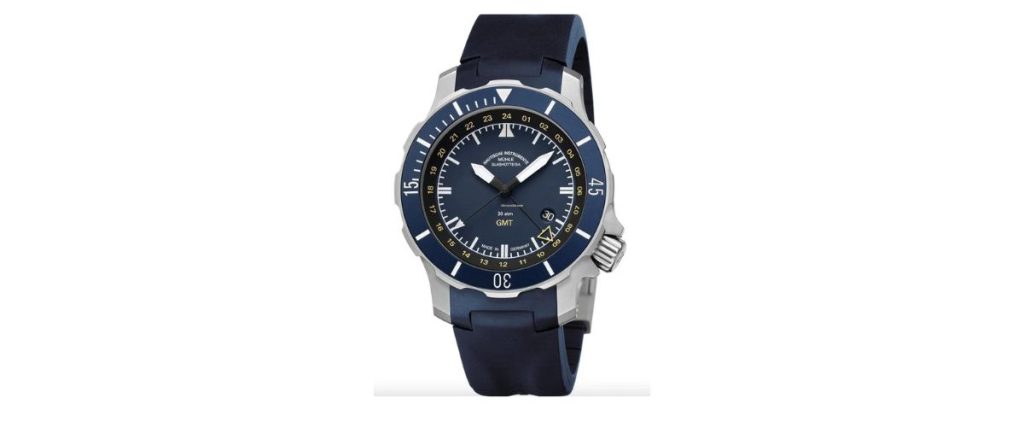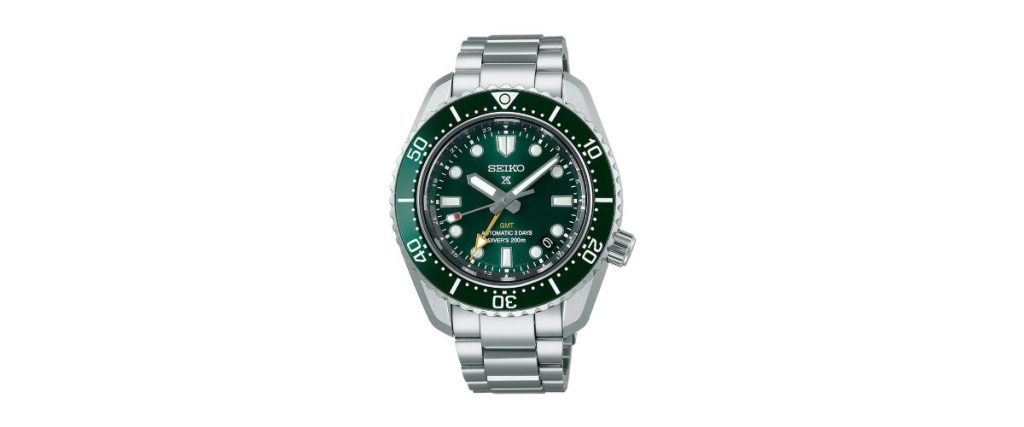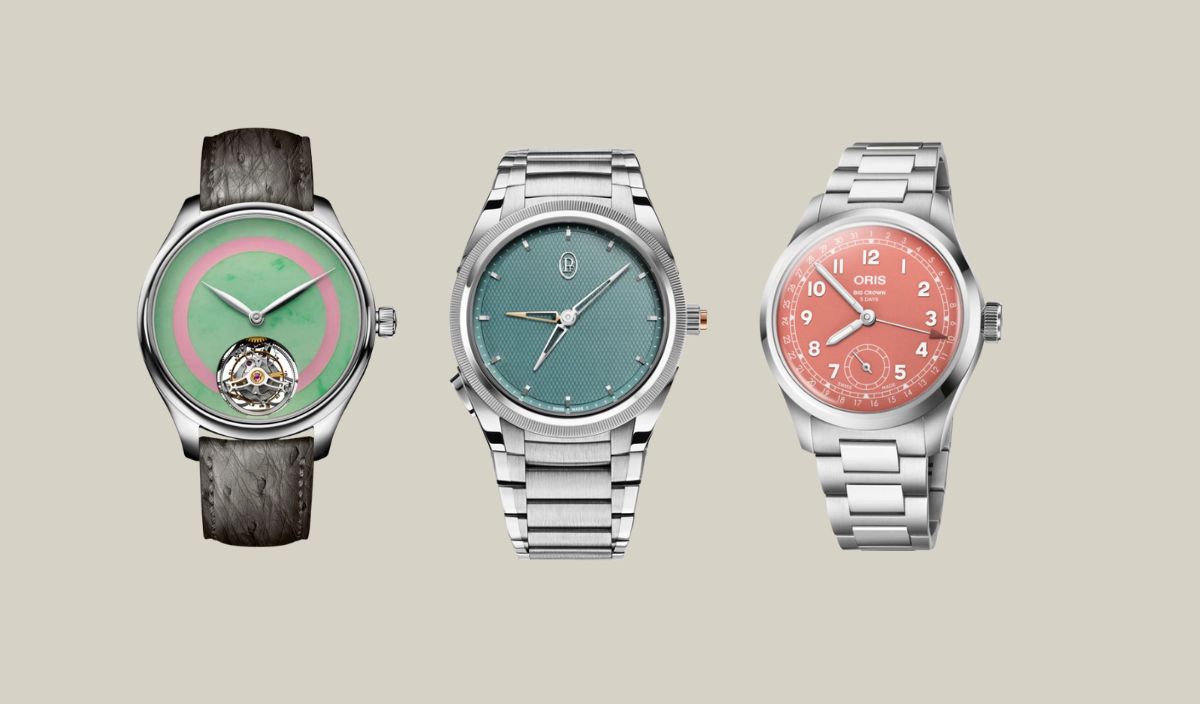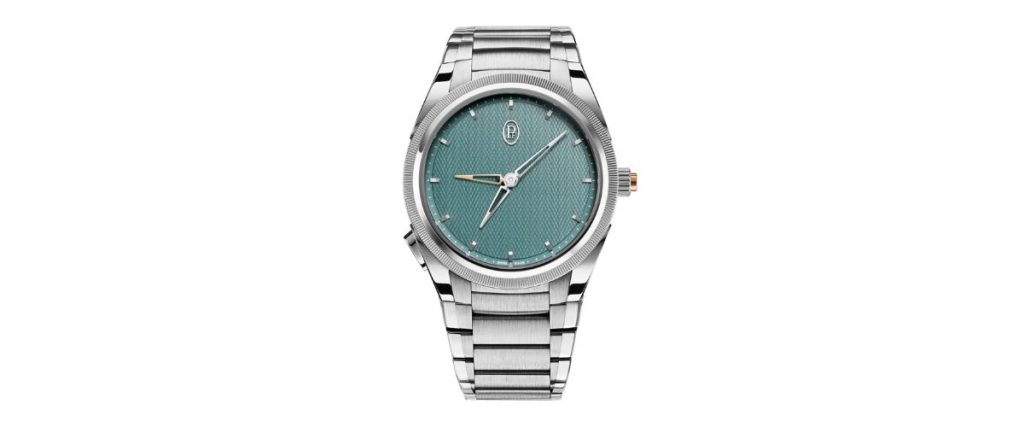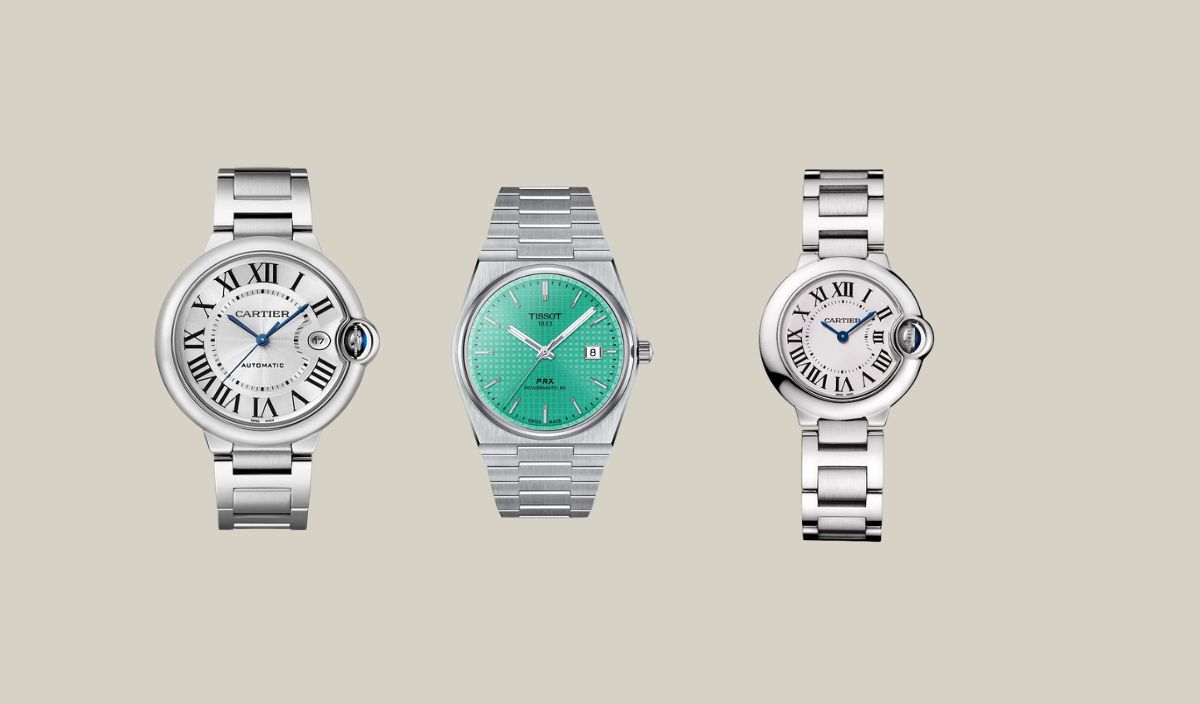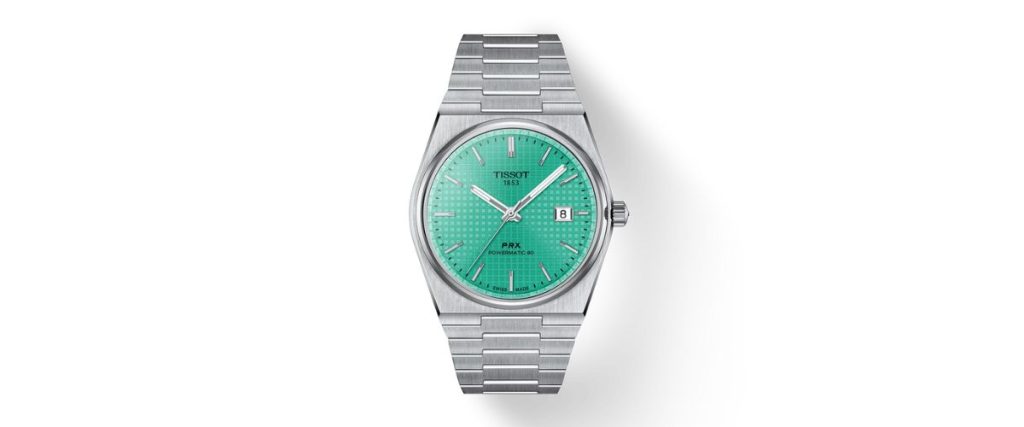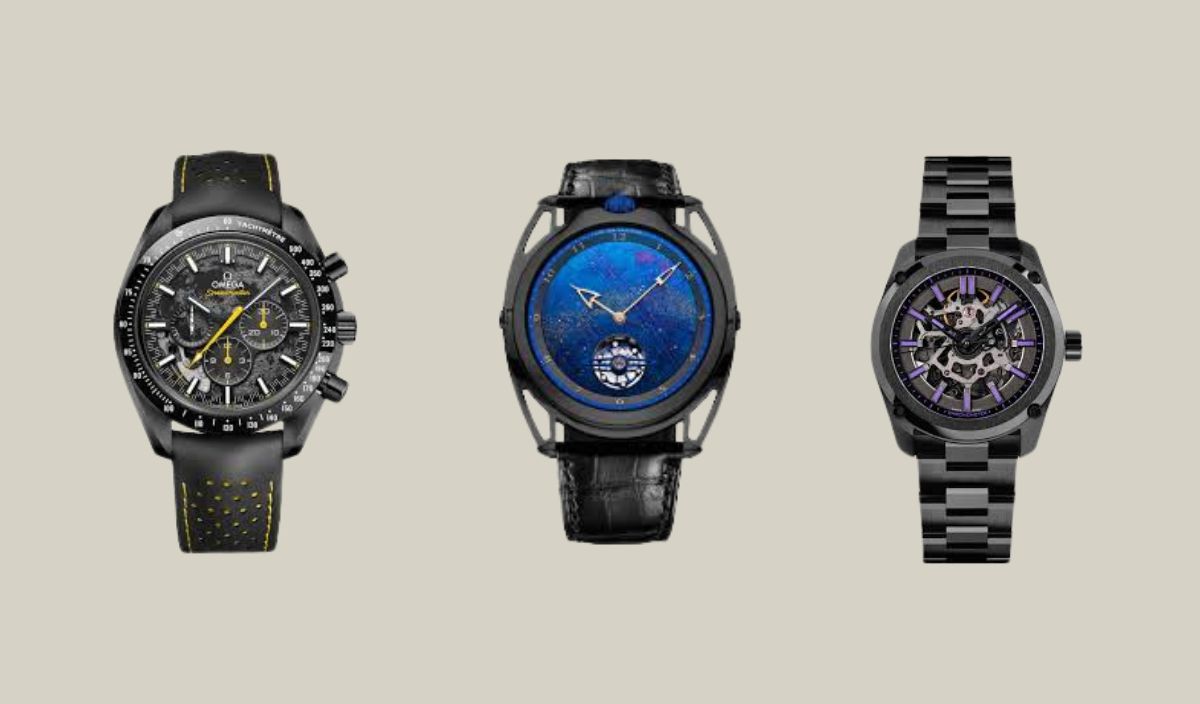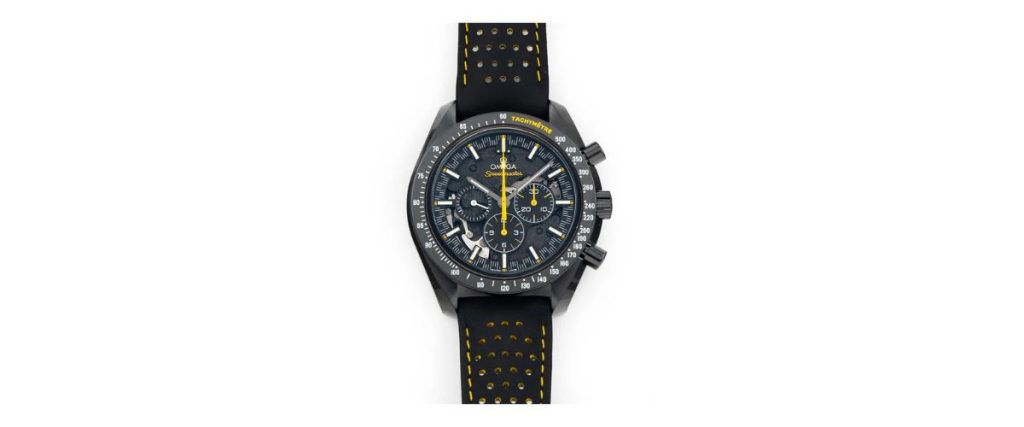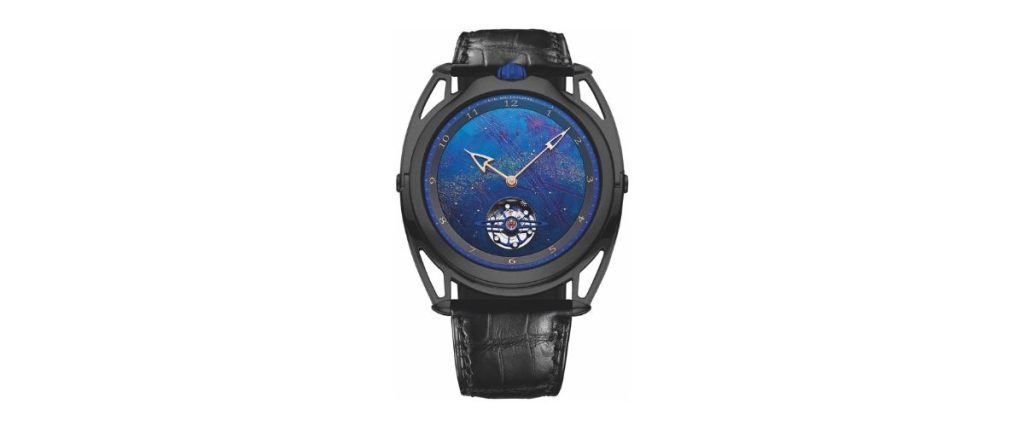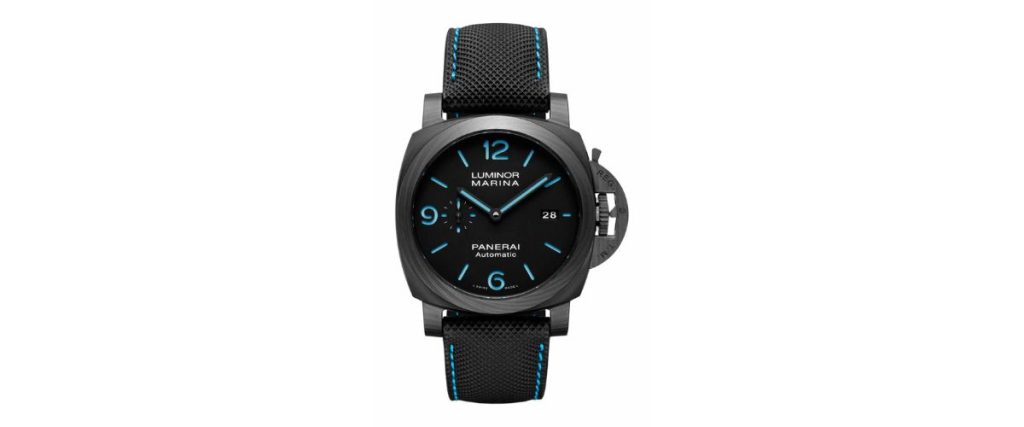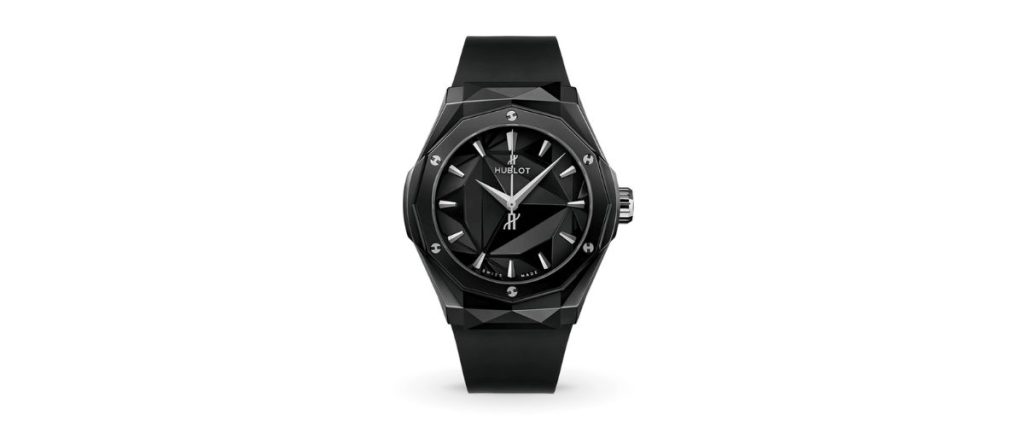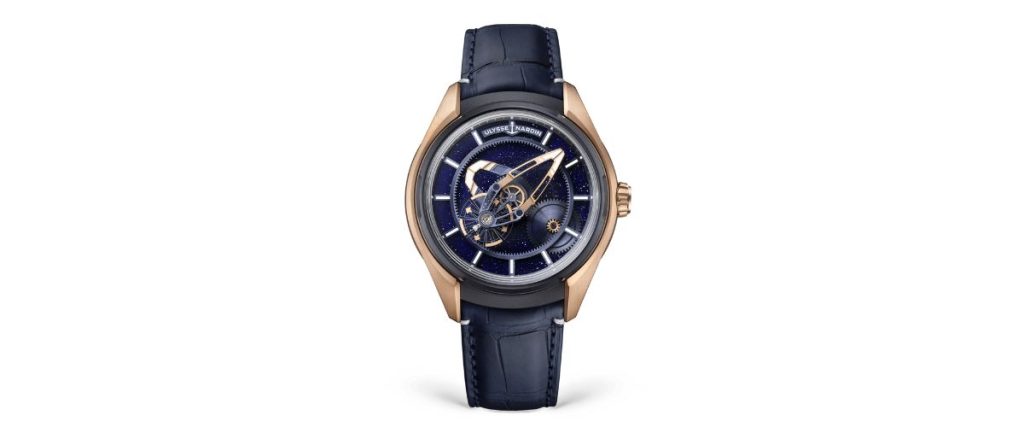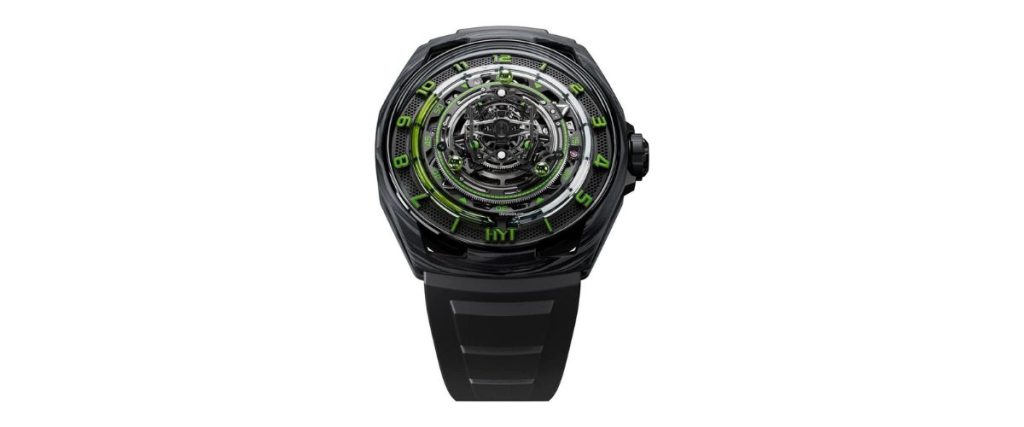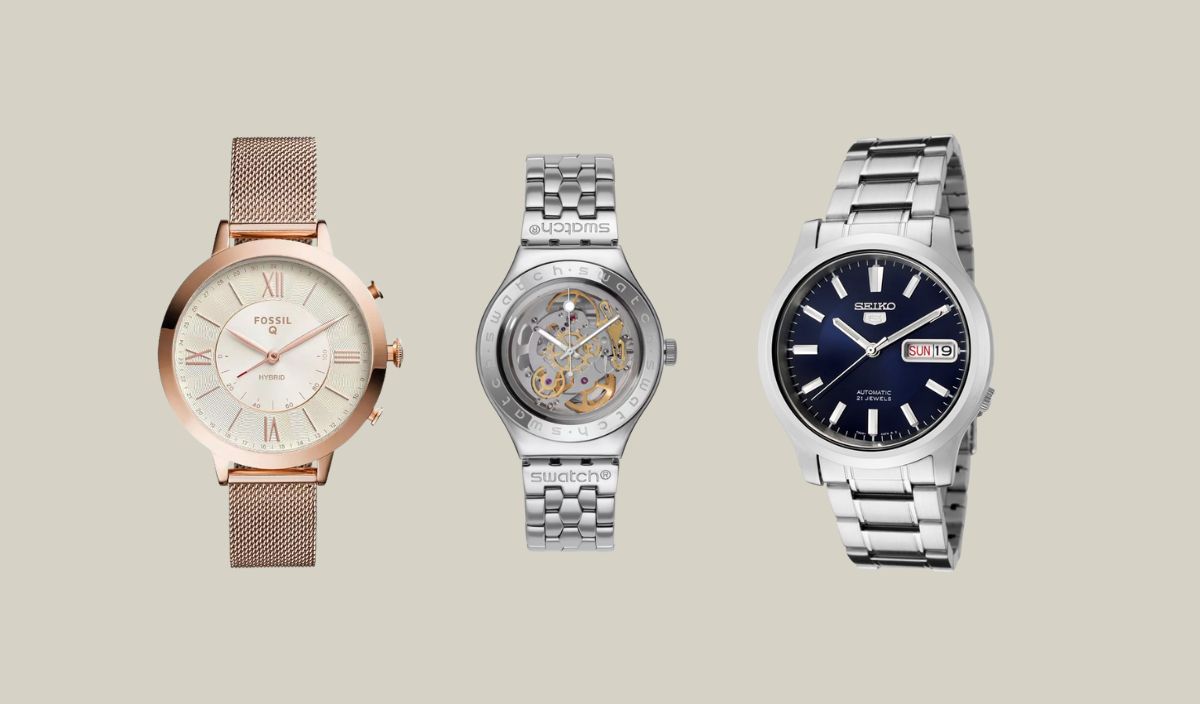
Introduction
Whether you’re willing to admit it or not, luxury watches have accumulated a rather fine reputation over the years, as the public has more or less declared them one of the finest symbols of wealth and power. This, in some ways, is a very good thing.
It’s true that timepieces are some of the most elegant and wondrous creations that have ever touched the landscape of finer things, but the problem that comes with this esteemed reputation is that luxury watches are almost always associated with prices that are too outlandish for an entry-level fan to enjoy.
It’s a real shame that this turns so many people off, but I’m here to tell you that some of the finest pieces I have ever seen have cost less than $500. You see, in the watch world (in most cases), you pay for what you get, but that doesn’t mean that cheaper pieces are going to be any less incredible for an everyday wearer.
There are plenty of finer pieces suited for just about anything; it’s just a matter of knowing your priorities and knowing the market.
To Narrow it Down…
Since dress watches seem to be the first-hand victim of the “it’s all too expensive, so why even try” mindset, that’s what we’re going to be looking at today.
I have gathered some of my absolute favorite pieces on the market, made with the exact amount of care as more traditionally priced pieces, and have lined them up in a way that will provide you with the most insight on why they are at least worth checking out.
Fossil Women’s Hybrid Swartwatch Jacqueline Stainless Steel.
This elegant woman’s design offers a lot more than meets the eye. It may not look like it, but the Jacqueline is a smart watch in disguise, posing as a dress watch while being equipped with all the technological features that so many deem necessary nowadays.
Taking a look at the aesthetic first, you will notice the chic appeal of Roman numeral indices resting on a snowy white background with a thin link of stainless steel tenderly fitting the wrist. Swart watch features include an alarm clock, app alerts, calendar alerts, multiple time zones, and much more.
The Fossil Women’s Hybrid Swartwatch Jacqueline costs $140.
Swatch Irony “Body & Soul” YAS100G
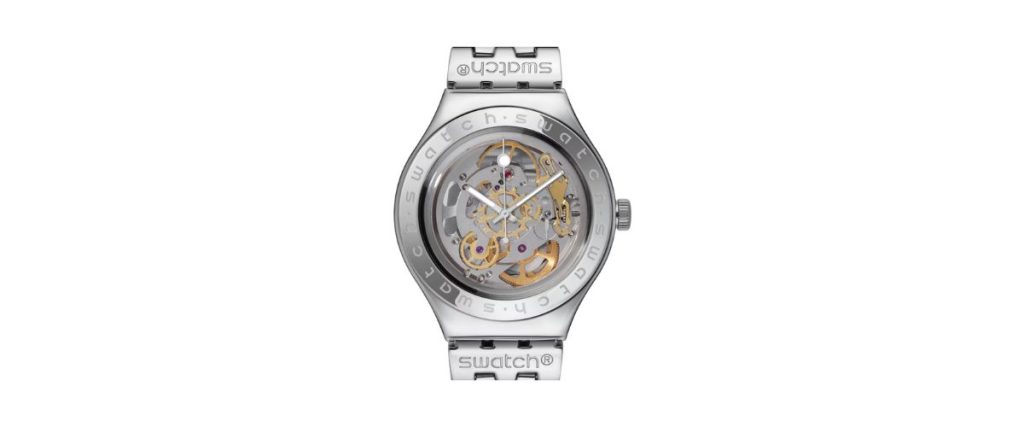
The unparalleled intricacy of this skeleton design will undoubtedly turn heads, and for good reason. It’s not every day that you see a skeleton piece in the wild, let alone one for this cheap.
The Swatch Irony is a classic example of a mechanical watch that has been pushed to its absolute limit, as the design is quite literally centered around the gorgeous 21-jewel Swiss Automatic movement that solemnly ticks away all under the view of the public eye.
I’m sucker for skeleton pieces, and when you through in a smooth 38mm of stainless steel, this watch is all the more appealing.
The Swatch Irony costs $175.
Seiko 5 SNK793

Cheap Seikos all have one thing in common: they prioritize minimalist designs that bring out the most in basic features. You quite literally cannot go wrong choosing a piece like the SNK793.
The dial is a simple blue; the hands and indices are as straightforward as it gets, and the stainless steel case only serves to bring out as much of the aesthetic as possible.
There’s a certain appeal in the simplicity that Seiko has mastered, perhaps it’s the Japanese automatic movement that fuels it all, or the elegant appeal of the shape of the watch. Whatever the case, this is one of the most reliable dress pieces of all time and is worth anybody’s time.
The Seiko 5 SNK793 costs $180.
Timex Marlin Hand-Wound 34mm

This is a true gentleman’s watch if I’ve ever seen one. The pure hand-wound movement is a testament to the glorious pieces of the olden days, a time when designs were much simpler and more refined.
As sleek and subtle as ever, the minuscule 34mm measurement may not be suited for every wrist, but the message it conveys on such a small frame is something that should be admired in and of itself.
The smooth polishing of the dial is what brings it all together in my opinion, as the glossy exterior fits the minimalist design in a way that brings the other pieces to life.
The Timex Marlin Hand-Wound 34mm costs $209.
Orient 2nd Gen Bambino Automatic

The epitome of classic design, the Orient Bambino has been emulating the vintage appeal for decades as one of the most iconic homages to the watches of old.
The brilliance of the beige dial is only made so great by the blue hands that sharply contrast with the other colors of this piece, devising quite a unique formula.
The faint Roman-numeral indices create a clean-looking palette, reinforcing other elements of the design that feel well-rounded and complete. But what does it for me is the tremendously detailed leather strap that, in my opinion, brings the entire piece together.
I don’t think the design would carry half as much vintage appeal if any other strap option were used, as the leather blends so well with the rich colors to carry such a refined weight.
As far as the inside mechanics go, the watch uses a 22-jewel Japanese automatic movement with a 40-hour power reserve. This watch simply checks all the boxes and ranks as one of my personal favorite pieces of all time.
The Orient 2nd Gen Bambino Automatic costs $220.
Nordgreen Philosopher
Nordgreen has found its niche: making some of the most minimalist designs while giving its pieces a fresh sense of identity. The Philosopher does just that.
With just enough detail to actually tell the time, the white dial is bright and snowy, with no blemishes or distractions, forging a subtle connection with the wearer with the way it seems to silently come alive on the wrist.
Now, it does have its fair share of customization if you want to add a little more spice, but this watch was made for efficiency and gets straight to the point.
With a 40mm diameter, there is plenty of watch to be enjoyed, and those of you who prefer the minimalist approach to watch making will go absolutely crazy for something like this.
The Nordgreen Philosopher costs $229.
Bulova Classic Silver Dial Black Leather

The rectangular case of this Bulova Classic instills within the wearer a sense of formality that is perhaps missing on other pieces.
Square dials have always been extremely hit or miss for me, but I must say, Bulova manages to do something special here by taking all of these classy elements that highlight a vintage design and graduating them to the modern-day stage, where they have a bigger opportunity to shine.
The black leather strap perfectly complements the shimmering aesthetic, and the Roman numerals on the square dial will always do wonders for a design, as they bring a certain amount of life to whatever piece they touch.
The Bulova Classic Silver Dial Black Leather costs $258.
Frederique Constant Slimline Silver
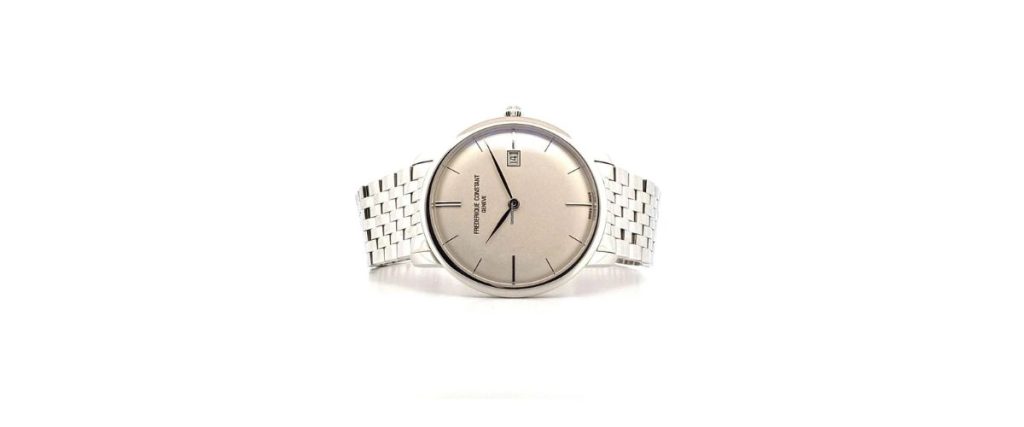
Often flying below the radar, Frederique’s pieces don’t often get the recognition they deserve. The Constant Silmline Silver combines classy elements that flash a vintage aesthetic with elements of the modern age that have been updated to better suit the watch enthusiast of today.
Taking a look at the dial, you will find that a very simplistic approach has been taken to ensure a minimalist design.
In my experience, these designs can often provide the most amount of insight into a watchmaker’s technique, and for this piece in particular, it is easy to tell how skilled the direction on this piece truly was.
Very slim as the name suggests, this Frerique masterpiece deserves far more recognition than it is currently getting.
The Frederique Constant Slimline Silver costs $284.
Dan Henry 1937 Dress Chronograph
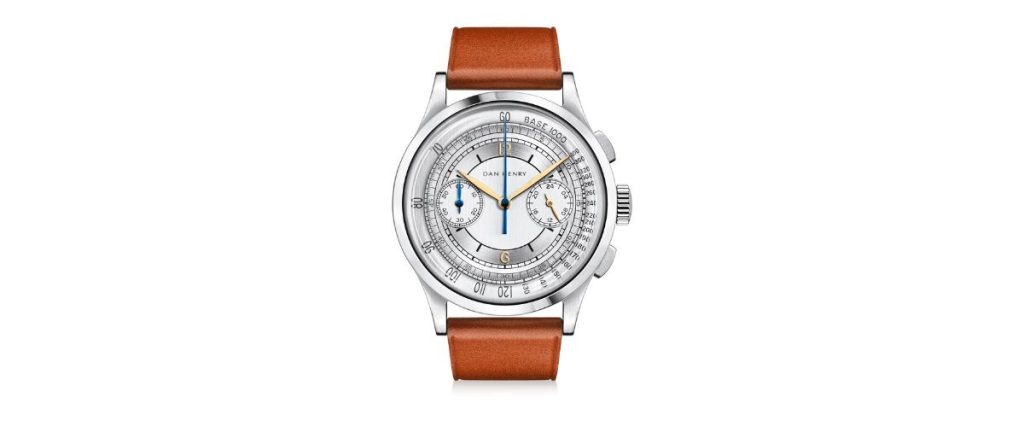
There is a lot to unpack on the Dan Henry 1937. At first, your eye will automatically be drawn to the excessive amount of detail on the dial, as the two chronograph subdials form a unique sense of symmetry to round out the design, and the many, many indices take up the empty space along the edges.
It’s important to mention that this is an Art Deco-inspired piece, updated to suit the modern needs of wearers today. I, for one, think it’s a welcome addition to the Dan Henry collection, as its old-timey elegance captures a unique look that is rare to emulate today.
The Dan Henry 1937 Dress Chronograph costs $290.
Sternglas Naos White

The symmetrical appeal of the Naos White has placed it as a fan favorite out of watches that embody the Bauhaus design.
The clean, organized palette that the dial creates will turn anyone on to the geometric aesthetic, and the quartz movement that resides inside gives the piece a certain level of simplicity while maintaining a functional appeal.
This watch is suitable for any environment, though the dressy nature will obviously suit you best at an event worthy of elevated attire.
Versatility seems to be the name of the game; however, for a watch of this caliber to be priced like this, it’s hard not to appreciate everything that this piece is suited for.
The Sternglas Naos White costs $299.
Tissot Classic Dream

The shimmering stainless steel is what originally drove me to this piece, but the authentic Swissmatic movement and the vintage leather that subtly complements the simplistic dial are what kept my attention the most.
This watch is simply beautiful, and, better yet, the simplistic nature allows for it to be worn in any environment. Tissot has a way of combining top-of-the-line features with everyday attributes, leaving their fans satisfied on all fronts. And this watch, by all means, is no exception.
Another feature to note is the iconic sword-like hands that Tissot has mastered so well, sweeping elegantly along the dial to enchant the wearer with their movement. This watch is about as good as it gets.
The Tissot Classic Dream costs $315.
Citizen Tsuyosa

This might just be the perfect watch for everyday wear. The simple yet exquisite design has the capability of appealing to just about anyone, and the sheer amount of technical prowess it carries can check any box for any wearer.
A perfect 40mm measurement, a very high-quality automatic movement for the price, and a design that is simply unmatched are what make the Tsuyosa shine as it exists in a realm of its own.
The Japanese watchmakers at Citizen prove once again why they are some of the most respected individuals in the industry.
The Citizen Tsuyosa costs $360.
Tissot T-Classic PRX
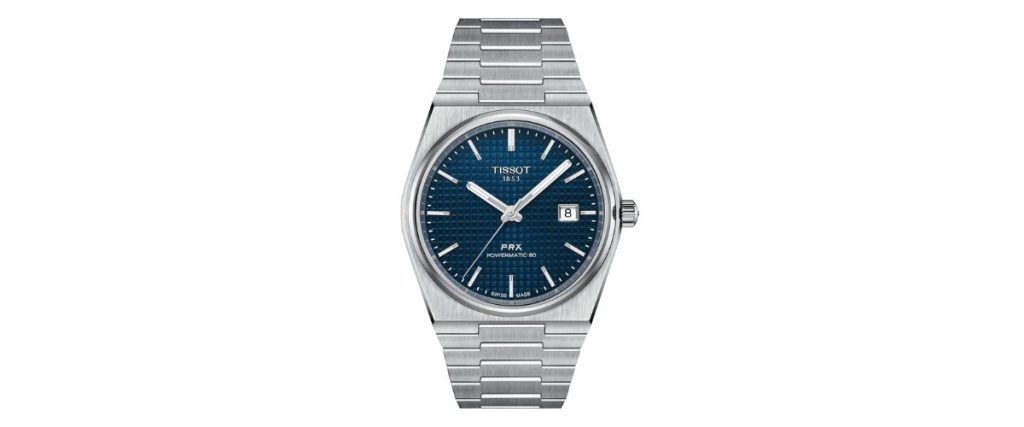
This modern dress watch comes with all the incredible Swiss features of your higher-end models, but with a price that makes owning one actually feasible.
The Swiss-made quartz movement of the PRX fits comfortably in the 39.5mm casing, and the subtle curves that blend seamlessly with the dark-blue exterior provide a rich coat of exquisite detail that any wearer will enjoy.
Not only that, but this watch is also a textbook dress watch, suitable for any occasion, with a style that complements any attire and fits in with any environment.
This is simplistic watchmaking at its finest, and I can’t help but commend Tissot for their commitment to deliver a taste of high-performing Swiss watchmaking at a far less dramatic price tag.
The Tissot T-Classic PRX costs $375.
Seiko 5 Sports GMT
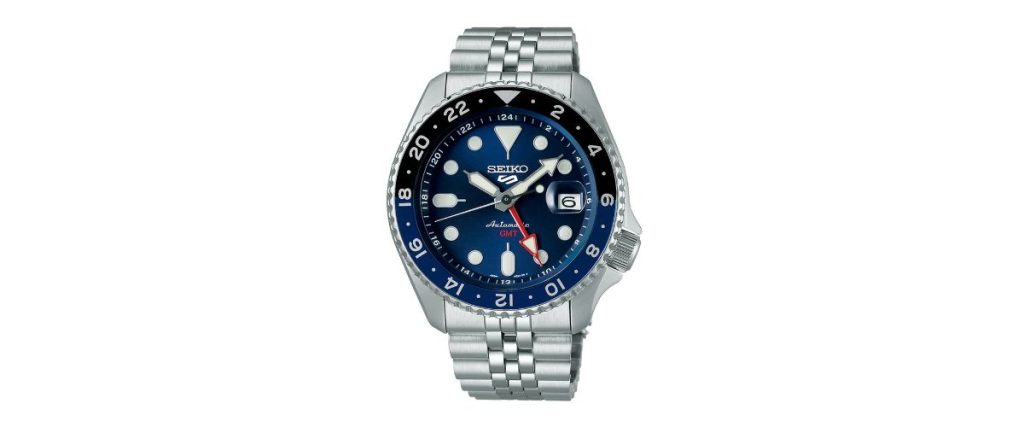
This classic piece is almost certainly on every “most affordable luxury watch” list out there. The GMT feature has become a cult classic among Seiko watches, and when accompanied by the legendary 5 Sports series, this is a recipe for absolute success.
The dial is absolutely gorgeous with conflicting colors that somehow stand out and cause the entire piece to formulate its own shape. And of course, the GMT, multi-directional bezel is the obvious standout and the reason for the watch’s esteemed reputation.
This is perhaps one of the most functionally sound dress watches ever, and a blatant choice if you’re looking for a watch that is suitable for everyday wear.
The Seiko 5 Sports GMT costs $475.
Seiko SARB033 Men’s Wrist Watch

Sharing many traits with Seiko divers, the SARB033 is made to endure fairly tough environments while maintaining its classic appeal.
The smooth black and silver dance across the dial, instilling within the wearer a sense of personal refinement, and the exhibition caseback allows the wearer to view the intricate insides, as the 50-hour, 23-jewel Japanese automatic movement works tirelessly to deliver an impeccable performance.
This piece holds fast to the ideology that you don’t have to sacrifice quality to deliver a well-rounded, brilliantly designed performance, as the 100m water resistance perfectly embodies everything Seiko set out to do.
The Seiko SARB033 costs $500.
Conclusion
The amount of versatility on the market nowadays is truly astounding. The watch world is vast and seemingly never-ending, with millions of pieces out there to suit whatever preference you have. It takes a little deep-diving to find the piece that speaks to you.
The best part is that there are thousands of pieces that are within your price range right now, all without your knowledge. I hope that this list has provided some insight on how many options there are and that you were able to narrow down what exactly you’re looking for.
It’s always beneficial to appreciate all aspects of the market in order to develop a discerning taste for powerful watches that might otherwise go unnoticed, and to broaden your appreciation so that you can fully acknowledge the brilliance of these pieces.


